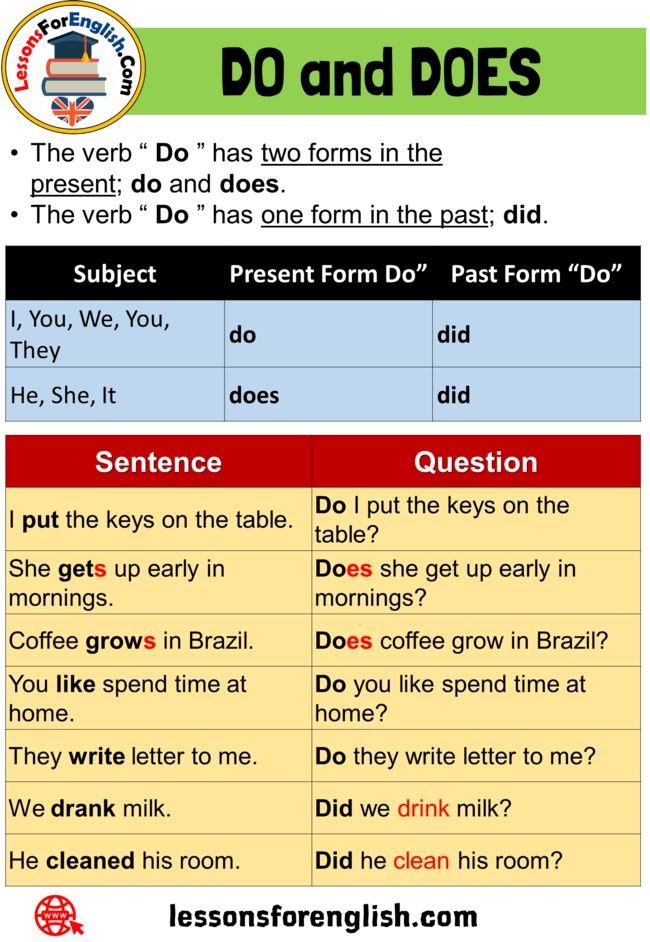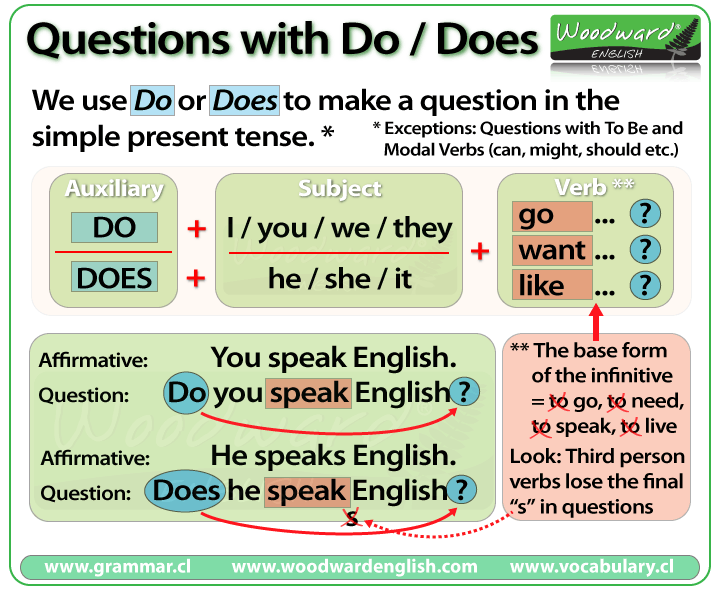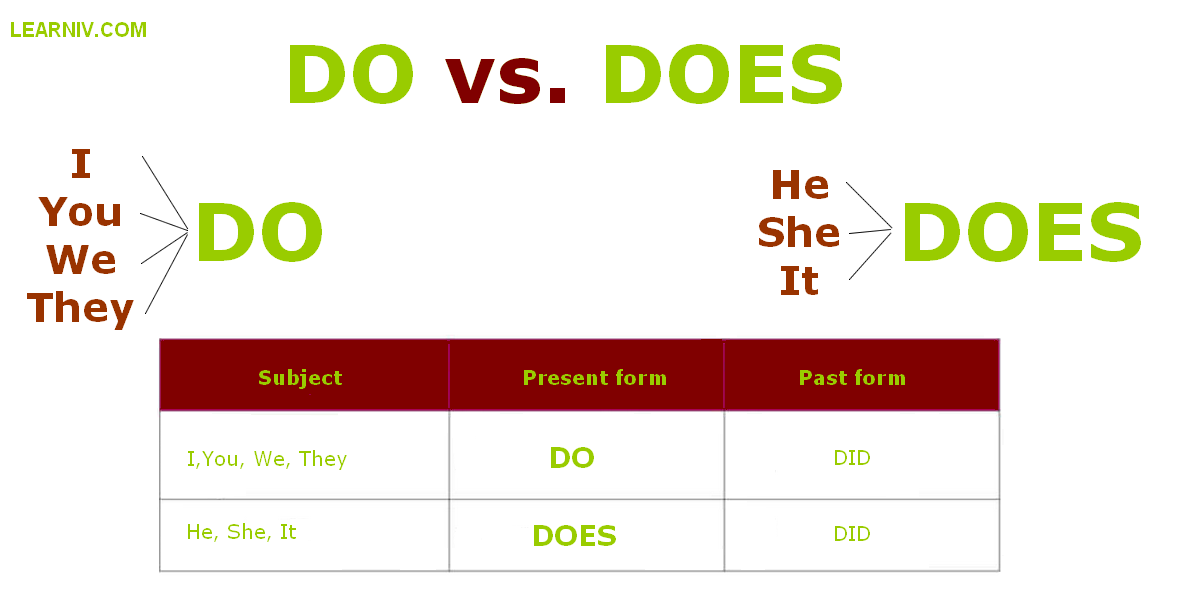Understanding the Marketing Orientation Era: Shifting Focus to Customer Needs
Introduction: What is the Marketing Orientation Era?
The marketing orientation era represents a pivotal shift in business philosophy, where companies moved from product or sales-focused strategies to approaches centered on identifying and satisfying customer needs. Unlike earlier eras that prioritized mass production or aggressive selling, the marketing orientation era places the customer at the heart of all decisions, aiming to create value and build long-term relationships. Understanding this era is essential for modern businesses seeking sustainable growth and customer loyalty.
The Evolution of Marketing: From Production to Marketing Orientation
Marketing as a discipline has evolved significantly over the past century. Earlier eras include the production orientation era (focused on efficient mass production) and the sales orientation era (emphasizing aggressive sales tactics). The transition to the marketing orientation era began in the mid-20th century, gaining prominence throughout the 1980s and 1990s. During this time, companies recognized that long-term success depended on understanding and meeting customer needs, not just pushing products [3] .
By the 1990s, the marketing orientation approach was widely adopted, with firms collecting data on customer preferences and competitor capabilities, and using this information across all levels of the organization-from product development to after-sales service [2] .
Defining Characteristics of the Marketing Orientation Era
The marketing orientation era is defined by several key features:
- Customer-Centric Decision Making: Businesses prioritize understanding and fulfilling customer wants and needs.
- Market Research: Organizations invest in gathering and analyzing data on consumer behavior, preferences, and trends.
- Value Creation: Success is measured by the value delivered to customers, not just by sales volume or production efficiency.
- Integrated Marketing Efforts: All departments-from product development to customer service-work together to enhance the customer experience.
- Long-Term Relationships: Emphasis is placed on building customer loyalty and retention rather than short-term transactions [3] .
Real-World Examples and Case Studies
Several leading companies exemplify the marketing orientation philosophy. For instance, Apple’s iconic 1984 Super Bowl commercial did not showcase product features; instead, it highlighted a new way of thinking, placing the consumer at the center of innovation. This campaign was designed to resonate with what customers aspired to, rather than focusing solely on technical specifications [4] .
Another example is REI, the outdoor equipment retailer. REI’s co-op model allows customers to become members and participate in company decisions. By offering exclusive benefits and engaging customers as partners, REI fosters deep loyalty and long-term engagement-a hallmark of marketing orientation [4] .

Source: vrc-market.com
Implementing a Marketing Orientation Strategy: Step-by-Step Guidance
Businesses looking to adopt a marketing orientation can follow these steps:
- Conduct Comprehensive Market Research: Gather data on customer needs, preferences, and pain points through surveys, interviews, focus groups, and analytics tools. Regularly update this information to stay aligned with changing market dynamics.
- Analyze Competitor Capabilities: Evaluate what competitors are offering and identify gaps or opportunities for differentiation.
- Integrate Customer Insights Across Departments: Ensure that all teams-from R&D to sales-use customer data to inform decisions. This might involve regular cross-functional meetings or shared dashboards.
- Develop Value-Driven Products and Services: Design offerings that solve real customer problems or enhance their lives. Continuously seek feedback post-launch for improvement.
- Prioritize Customer Experience: Invest in customer service, streamline purchase processes, and resolve issues promptly. A positive experience encourages repeat business and referrals.
- Foster Long-Term Relationships: Implement loyalty programs, personalized communication, and community engagement initiatives to deepen ties with your customer base.
For smaller businesses or those new to this approach, it may be helpful to start with simple surveys or direct conversations with customers. Over time, more sophisticated tools and analytics can be introduced to enhance understanding and responsiveness.
Challenges and Solutions in Adopting Marketing Orientation
Transitioning to a marketing orientation is not without challenges. Common obstacles include:

Source: lucidadvertising.com
- Internal Resistance: Employees accustomed to production or sales-oriented mindsets may resist change. Address this by providing training on the benefits of marketing orientation and involving staff in customer research efforts.
- Resource Limitations: Smaller firms may lack budgets for extensive market research. Solutions include leveraging free online survey tools, collaborating with local business groups, or using social media for direct feedback.
- Data Integration: Siloed information can hinder customer-focused strategies. Implement systems that allow data sharing across departments and encourage a culture of collaboration.
Organizations that successfully overcome these challenges often see improvements in customer satisfaction, retention, and profitability [3] .
Alternative Approaches and the Evolution Beyond Marketing Orientation
While marketing orientation remains highly effective, some businesses have evolved further into relationship marketing and social orientation . Relationship marketing emphasizes ongoing engagement and loyalty, while social orientation incorporates broader societal values, such as sustainability and corporate responsibility [4] . Companies like REI, which encourages co-op membership, or brands that champion social causes, illustrate these newer approaches. Businesses may combine marketing orientation with these models to address both individual and societal needs.
Accessing Marketing Orientation Resources and Support
To access guidance or training on implementing marketing orientation:
- Consider enrolling in business or marketing courses at accredited universities or community colleges. Many offer courses on customer-centric strategies and market research.
- Explore online learning platforms such as Coursera, edX, or LinkedIn Learning for marketing orientation modules from reputable institutions. Search for terms like “customer-centric marketing”, “market orientation”, or “relationship marketing” for relevant resources.
- Connect with local Small Business Development Centers (SBDCs) or chambers of commerce, which frequently offer workshops and consulting on marketing strategies.
- For ongoing trends and case studies, reputable business publications such as Harvard Business Review, Forbes, and the American Marketing Association provide articles and research on evolving marketing practices. You can visit their official websites and search for “marketing orientation” articles for up-to-date information.
- If you need more personalized help, consider reaching out to professional marketing consultants or agencies, ensuring they have proven experience in customer-centric strategy development.
Key Takeaways
The marketing orientation era marked a decisive turning point in business, shifting the focus from internal production goals to the needs, desires, and satisfaction of customers. By embracing marketing orientation, businesses position themselves for long-term success in a competitive, rapidly changing marketplace. Implementing this approach requires organizational commitment, ongoing research, and a willingness to adapt-all with the goal of delivering superior value to the customer.
References
MORE FROM todayhiring.us













